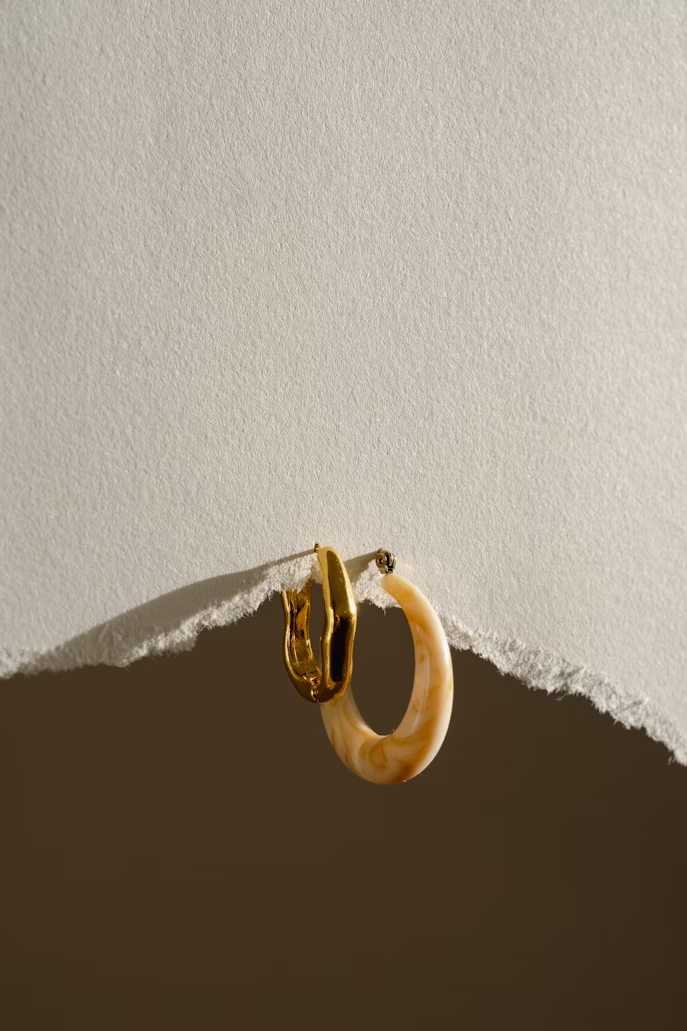Color is one of the most powerful tools in art, design, and communication. It influences perception, evokes emotion, and creates harmony or contrast. Color theory provides a framework for understanding how colors interact and how to use them effectively. Among its many concepts, complementary, triadic, and tetradic color schemes stand out as versatile methods for potentially creating impactful designs. Each approach offers unique advantages and challenges, making them valuable tools for artists and designers.
Complementary colors are pairs of colors that lie directly opposite each other on the color wheel. Examples include red and green, blue and orange, and yellow and purple. This opposition creates a dynamic tension that can enhance each color’s vibrancy. When placed together, complementary colors may produce high contrast, which draws attention and creates energy. This principle is often used in painting and design to highlight key elements or create a dramatic effect. For example, Vincent van Gogh’s “Starry Night” uses complementary blue and orange hues to generate visual intensity. Complementary colors are also common in branding, where the contrast can make logos and advertisements more eye-catching.
Using complementary colors effectively requires careful balance. If both colors are used in equal proportions, they might overwhelm the viewer. To avoid this, one color is typically dominant, while the other is used sparingly as an accent. For example, a predominantly green landscape might feature a few red flowers to create focal points. Designers also often use varying shades or tints of complementary colors to soften their contrast while maintaining harmony.
Triadic color schemes consist of three colors evenly spaced around the color wheel, forming an equilateral triangle. Examples include the primary colors (red, yellow, and blue) and the secondary colors (orange, green, and purple). Triadic schemes are valued for their balance and versatility, offering a vibrant yet harmonious palette. They are particularly popular in graphic design, web design, and interior decoration, where a broad range of colors can contribute to a cohesive look.
The key to using a triadic color scheme successfully lies in maintaining balance. Typically, one color is chosen as the dominant hue, while the other two are used as supporting or accent colors. For instance, a room designed with a triadic palette might have blue walls (dominant), yellow accents in the furniture, and red decor elements. This approach helps prevent the colors from competing for attention while maintaining visual interest. Triadic schemes also work well in digital design, where vibrant, balanced colors may help draw users’ attention to important elements such as buttons or headlines.
Tetradic color schemes, also known as double-complementary schemes, involve four colors arranged in two complementary pairs. For example, blue and orange paired with red and green form a tetradic scheme. This approach offers the richest and most diverse palette, making it ideal for complex designs that benefit from a wide range of colors. Tetradic schemes are often used in painting, advertising, and large-scale projects such as murals or stage design, where depth and variety are often desirable.
Despite their potential, tetradic color schemes can be challenging to manage. With four distinct hues, there is a higher risk of the design appearing chaotic or overly busy. To avoid this, it is crucial to prioritize one or two colors while using the others as accents. For example, a painting might feature blue and orange as the dominant pair, with red and green used sparingly to enhance detail. Additionally, using muted or desaturated versions of the colors can help maintain harmony and prevent the palette from becoming overwhelming.
In practice, the choice between complementary, triadic, and tetradic color schemes depends on the desired effect and the context of the design. Complementary schemes might be ideal for creating bold, high-contrast visuals that grab attention. Triadic schemes are well-suited for projects that require a vibrant yet balanced palette. Tetradic schemes, while more complex, offer opportunities for unparalleled richness and versatility when managed carefully.
Understanding and applying these color schemes has the potential to enhance the impact of any creative work. By considering the relationships between colors and their placement on the color wheel, artists and designers may craft compositions that are not only visually appealing but also emotionally resonant. Whether you are designing a website, painting a landscape, or decorating a room, the principles of complementary, triadic, and tetradic colors provide guidance for achieving harmony and impact.
In conclusion, color theory is a cornerstone of artistic and design practice, and the concepts of complementary, triadic, and tetradic color schemes are invaluable tools when applied thoughtfully. Each approach offers unique strengths and challenges, allowing for a wide range of creative possibilities. Mastering these techniques requires both knowledge and experimentation, but the rewards can be significant. By leveraging the power of color, you may transform any project into a compelling and memorable experience.
Published by Elle G.






